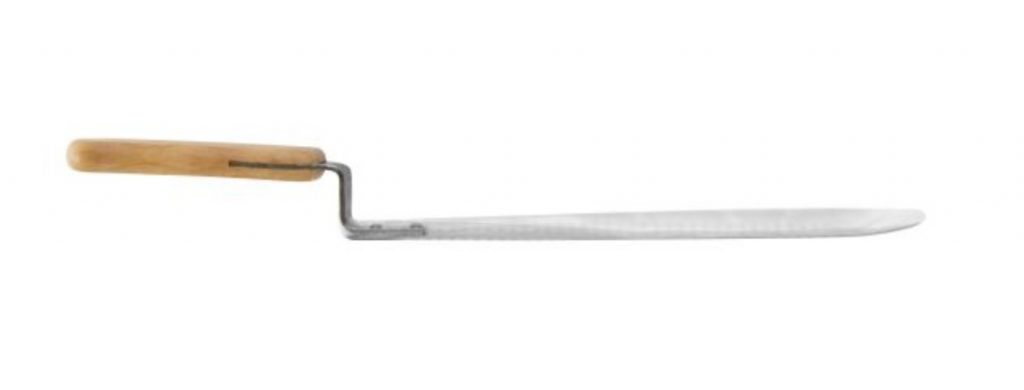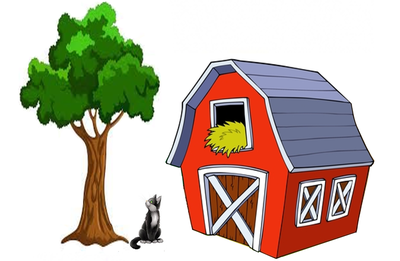What is a ………? (Beekeeping Equipment)
Hive Parts
Outer (Telescoping Top) Cover
Keeps the elements out of your hive. Made from wood with a weather-resistant aluminum covering, the telescoping outer cover will fit securely on a 10-frame hive. The cover can slide front to back (telescope) in order to provide more or less ventilation to the hive.
Inner Cover
Provides extra ventilation and fresh air to your hive, as well as an extra layer of insulation and protection when placed under an outer cover.
Honey Super
Can be used as a brood box or honey Super, as a honey super it is above the brood box and uses a queen excluder between the two. This is where honey gets created, stored and harvested from. Milled interlocking corner joints for maximum strength. Young female honey bee workers take care of the queen and young larvae, produce wax from glands on their abdomens and build all of the structures you see in the nest. The other main task as they get older is leaving the hive to collect nectar, pollen and water.
Queen Excluder
A screen with precise hole size that prevents queen access to honey supers.
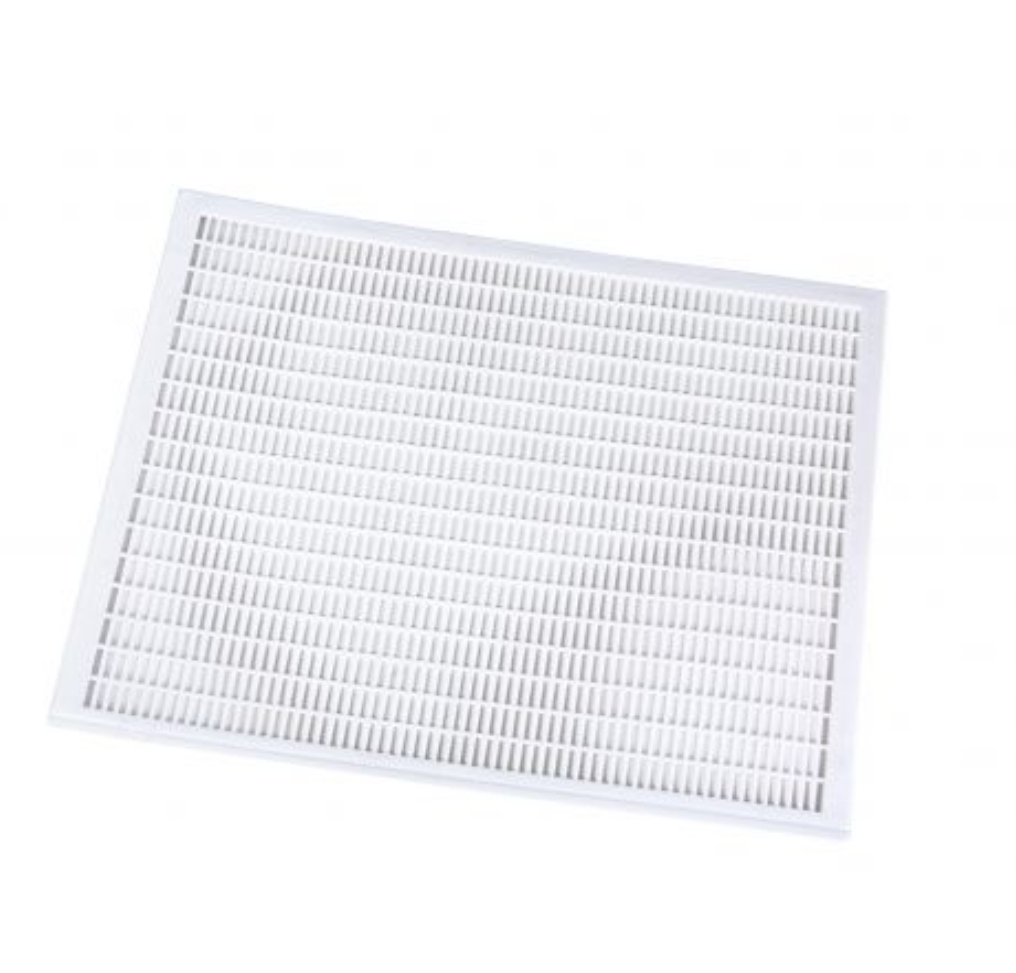
Brood Box
The brood box contains the queen and all of the eggs she lays. The brood box in a common Langstroth hive is at the bottom of the stack. The worker bees can see the queen from the Super above but there is no direct contact between them. One brood box may be sufficient for your hive. You will have to monitor how your queen keeps up with one box prior to adding a second brood box.
Bottom
My preference is to use both styles of bottoms depending on the time of year. A screened bottom in summer for cooling and a solid bottom to aid in heat retention.
Solid Bottom can be used for the base of your hive, the bees will cover this bottom in propolis which can lend itself to hive health. The drawback is that a warm climate means bees may have to work harder to cool the hive.
– Screened Bottoms can aid ventilation and create a way of pest monitoring and prevention in your hive. The use of a sticky removable insert allows for actually tracking pests.
Entrance Reducer
An entrance reducer can control ventilation and keep out honey robbers and bugs by creating a smaller entrance area for bees to guard! Fits into either a solid or screened bottom board. An entrance feeder can be inserted right into the cutout on this piece. It also is used to aid in keeping a hive warmer over winter by reducing the draft.
Frames (Deep & Medium)
Red Barn Farm carries two types of frames. Both can be placed directly into your hive out of the box.
– Deep, Black, Wax-coated plastic foundation installed which provides easier viewing of hive activity.
– Medium, honey colored, beeswax coated frames for your Super. These frames can be used as replacements or for swapping out when harvesting.
Tools & Other Parts
Feeders
Feeders are required when setting up a new hive. It gives the bees food to survive and build while establishing their new home. To avoid contaminating honey with sugar syrup, bees should not be fed syrup when the honey supers are on. If your brood box does not have enough honey for the colony, a feeder may be required to give them access to food for over wintering.
– Bucket Feeders are an easy-to-use design which helps to protect syrup from robbers and to keep your bees fed when outside nectar sources are scarce. Fits on top of the hole on your inner cover to allow bees access to syrup. A super with no frames and a cover can protect the pail from sunlight and malicious tampering.
– Entrance Feeders have a base made of easy-to-clean high-impact plastic. The extended tray makes feed more accessible inside the hive. This type of feeder allows you to see the feed levels without disturbing bees. Its main drawback is that it is exposed to the elements.
– Frame Feeders take the place of one the frames inside the brood box, the frame feeder (sometimes known as a division board feeder) holds 3 quarts of syrup. Inner ladders and grooved sides help the bees access the syrup while preventing drowning.
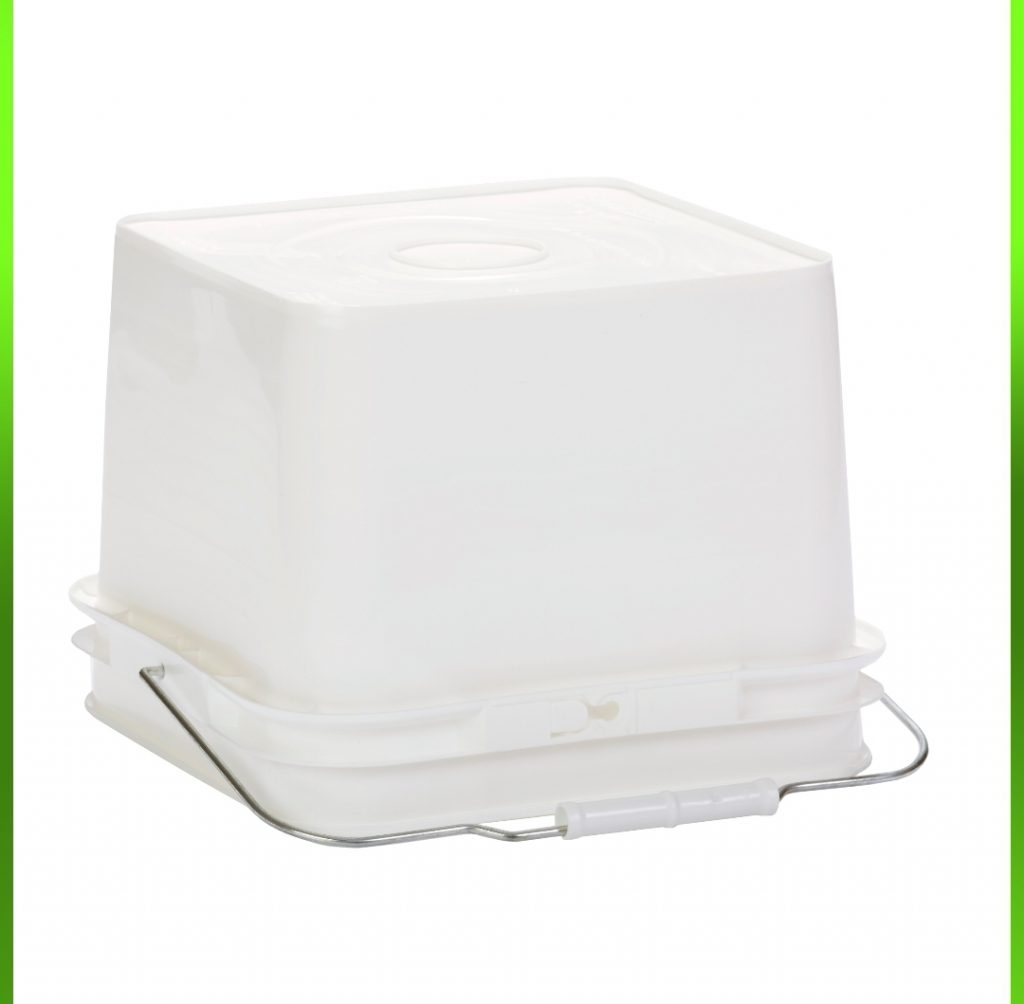
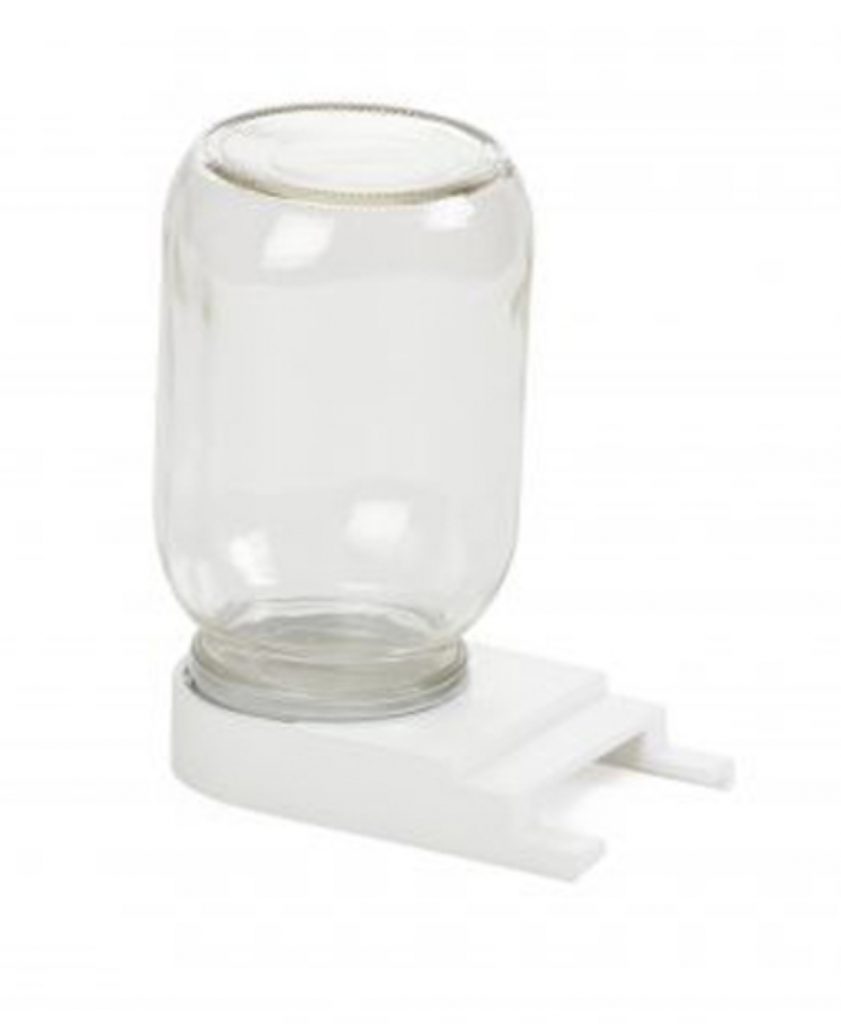
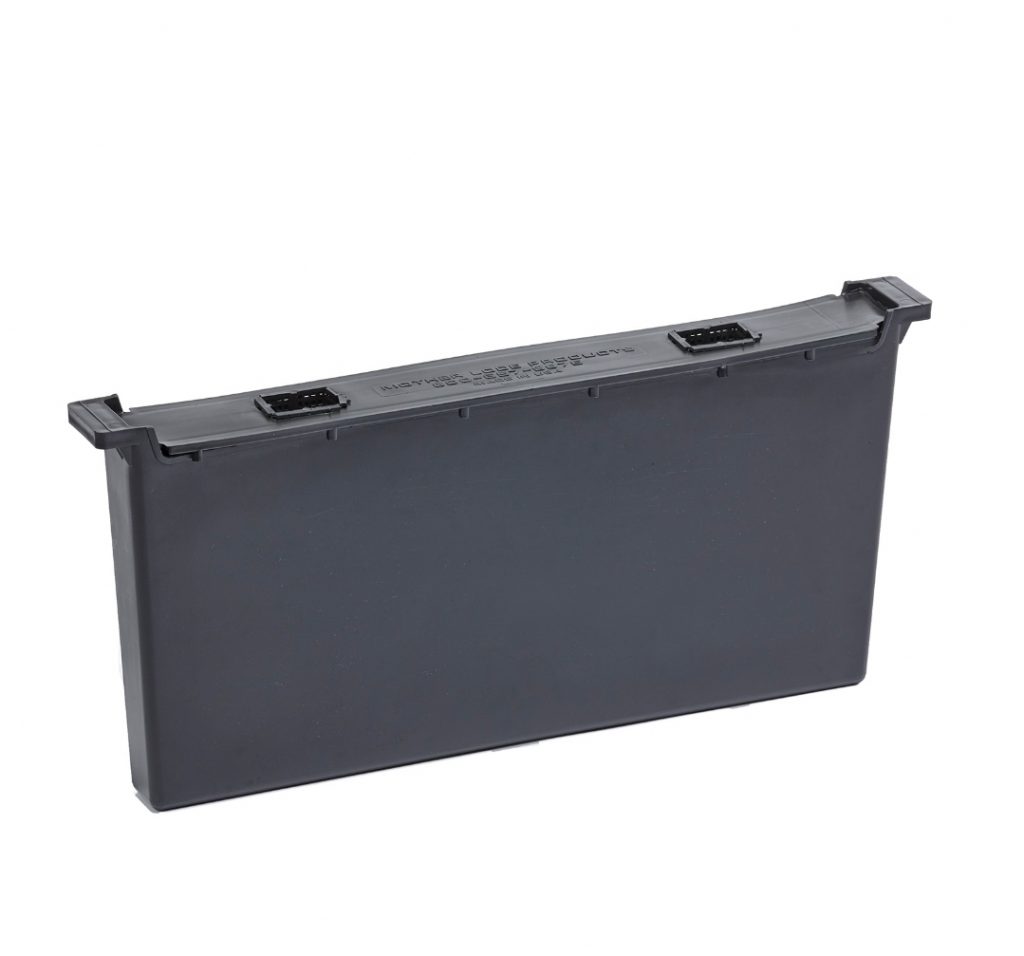
Hive Tool
This really is meant to be an all-in-one tool for performing all of the regular maintenence tasks that you will perform.
This tool should be in your hand pretty much at all times when working on or around the hives. A good beekeeping jacket will have a small pocket on the sleeve to hold the tool for easy access at all times.
Angled end for prying apart frames. Beveled edge for scraping off excess wax or propolis on frames. Also handy for getting under the corner of supers of brood boxes to aid in separating them when they are glued together with propolis.
Can be used for removing stingers and the venom sack without breaking it open.
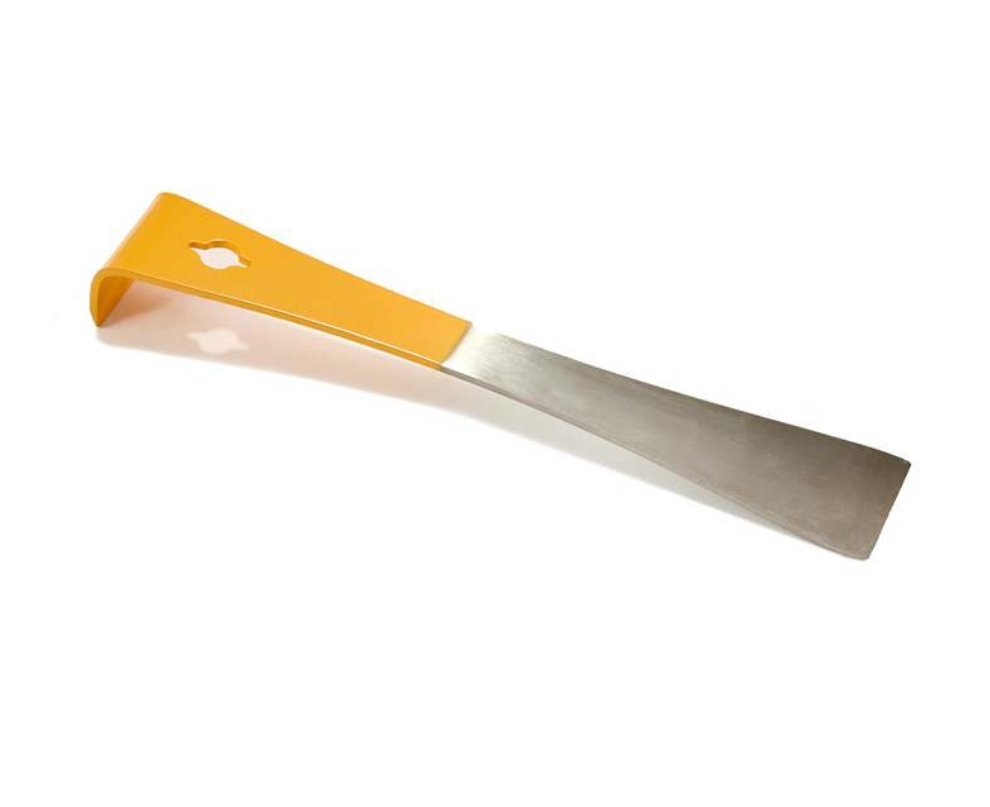
Hole Plug
x
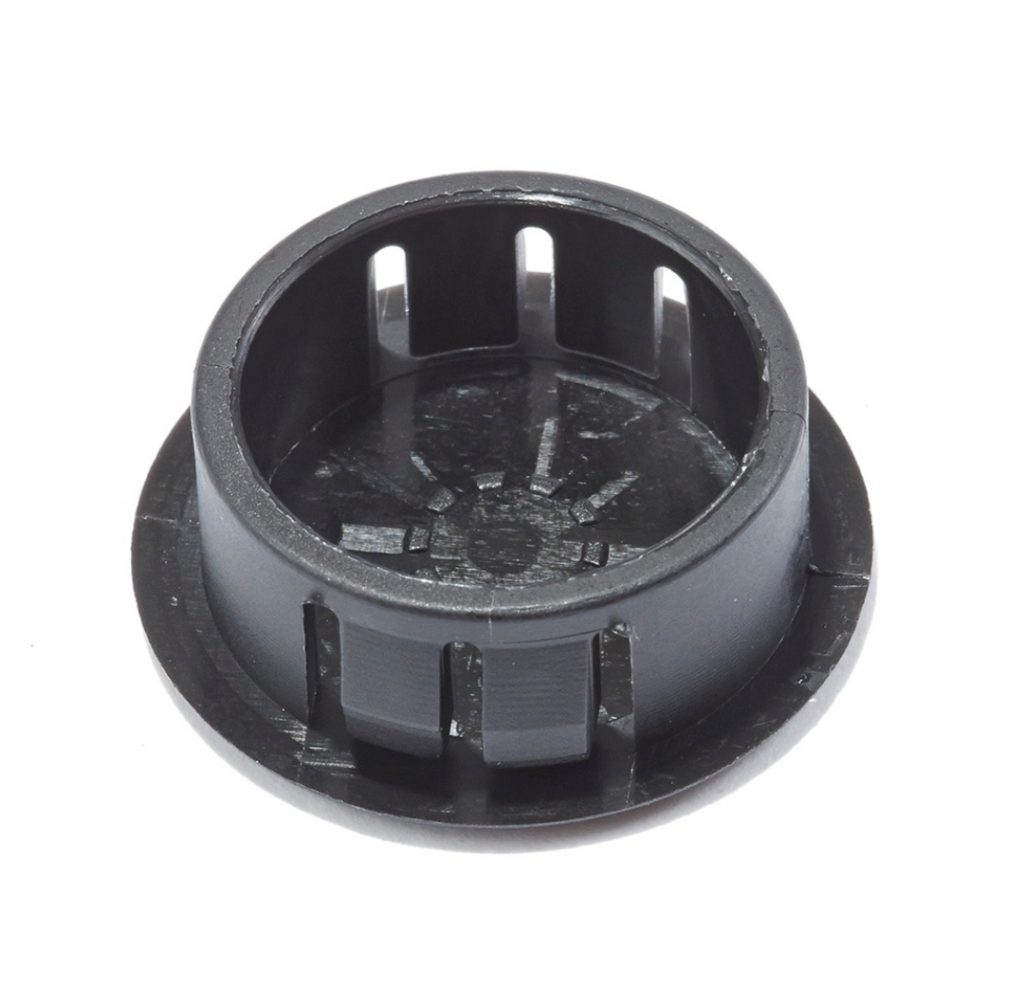
Bee Escape Porter Style
A porter style bee escape is a one-way valve that allows bees to leave but does not allow them back into the hive box. A great way to clear bees from a box of honey with minimal stress to the beekeeper and the bees.
Mouse Guard
There are differing styles of entrance covers which are designed to keep mice out of your hives. Whether you need one ir not depends on the location of your hives.
Log Book
x
Bee Brush
x
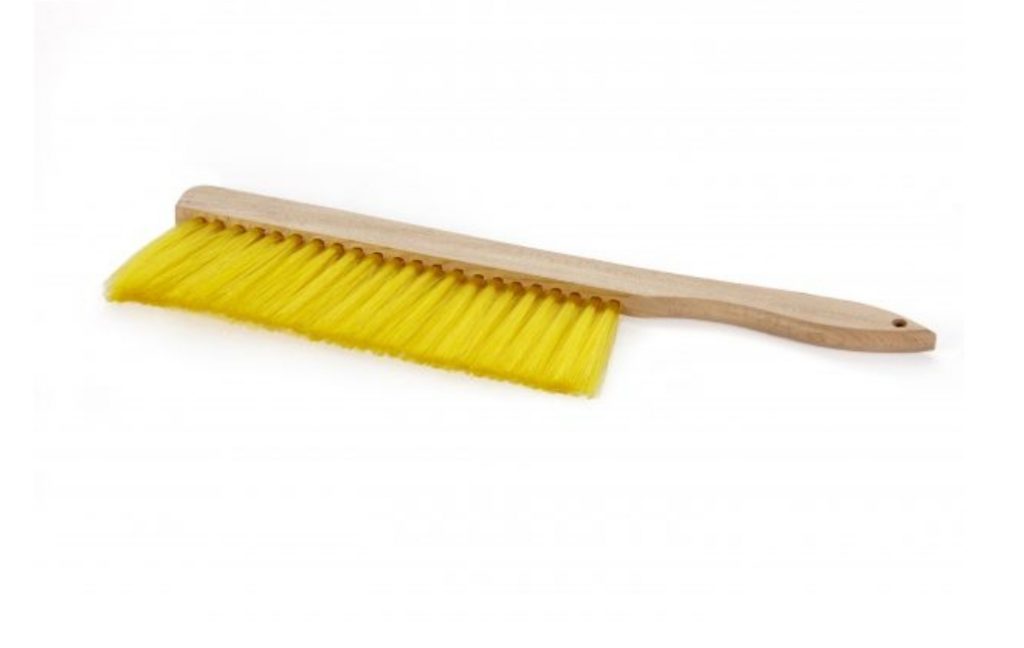
Frame Grip
x
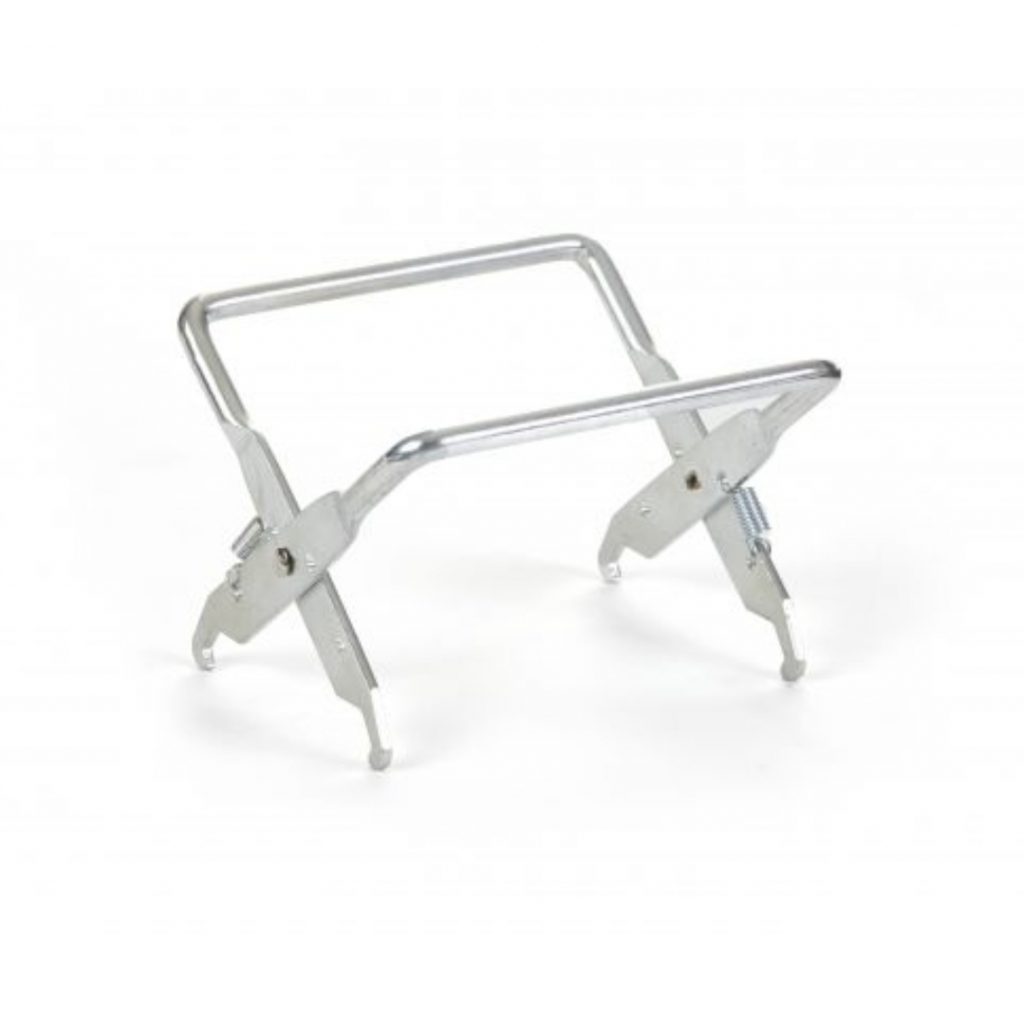
Frame Holder
x
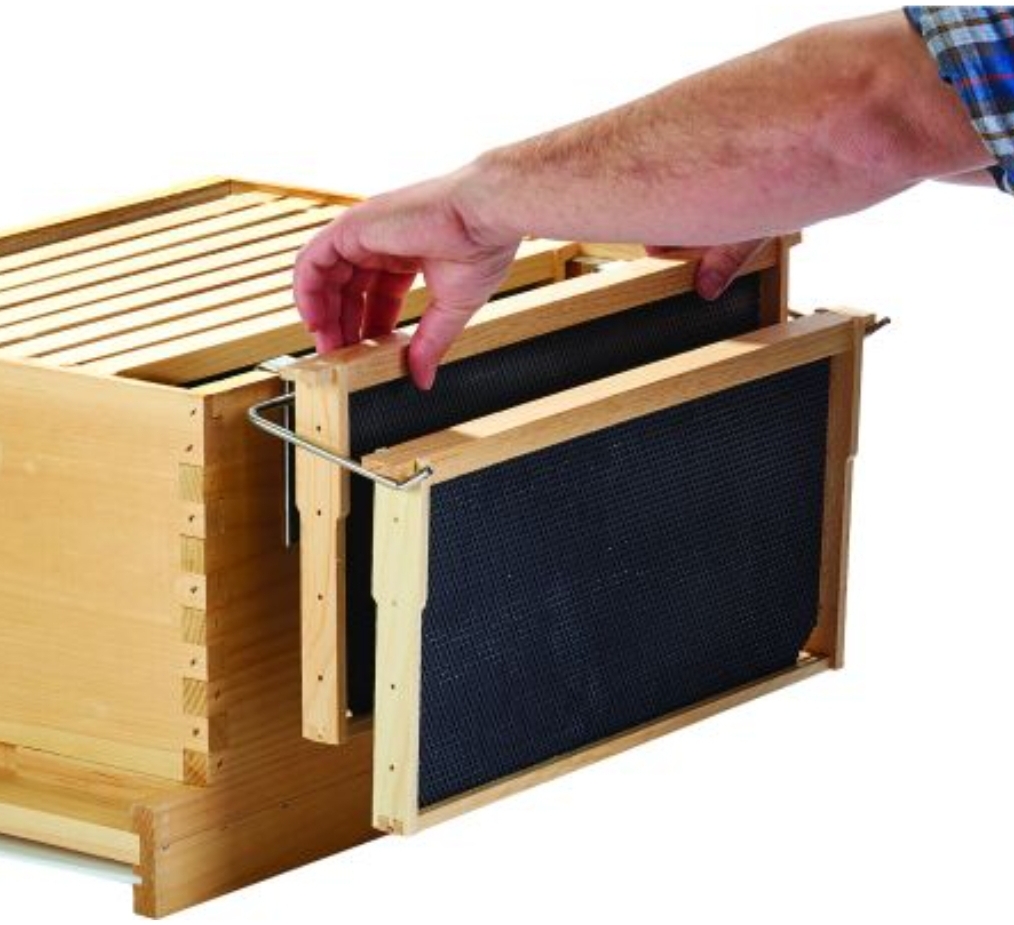
Safety Items
Gloves
x
Jacket
x
Veil
x
Smoker & Fuel
x
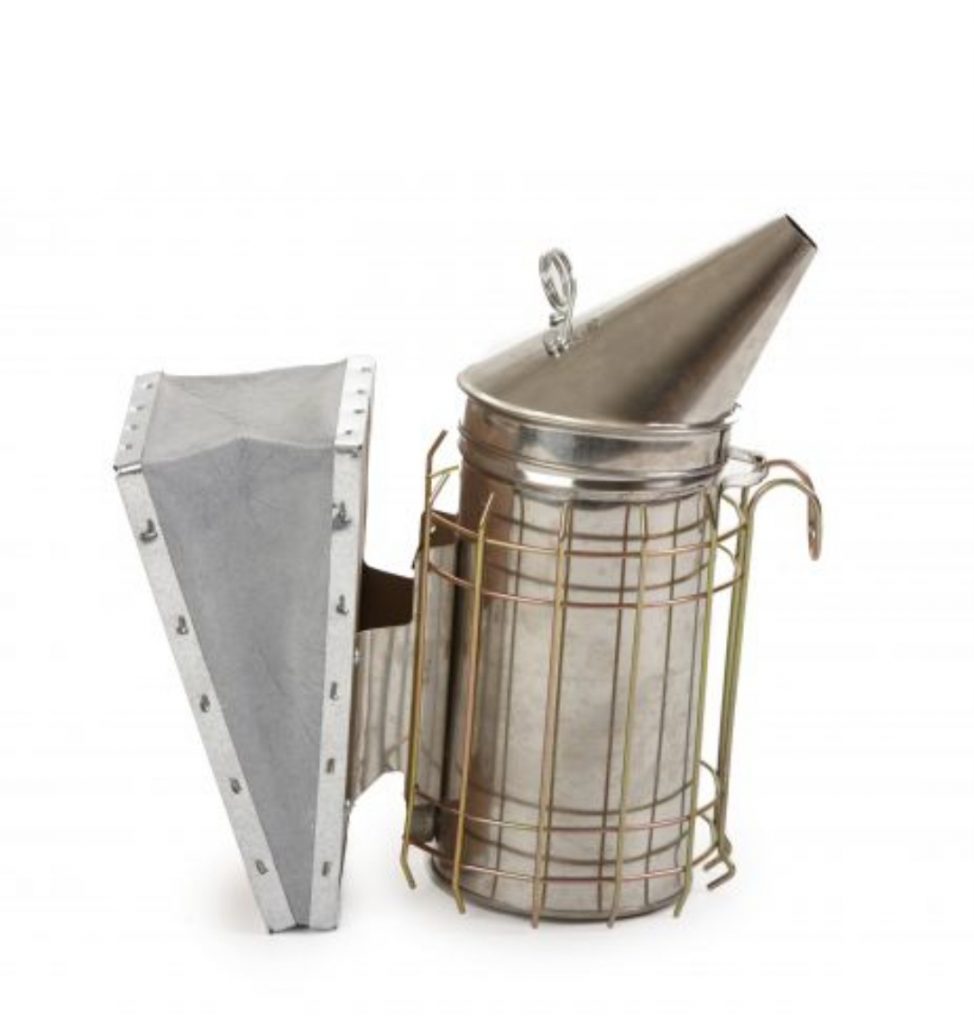
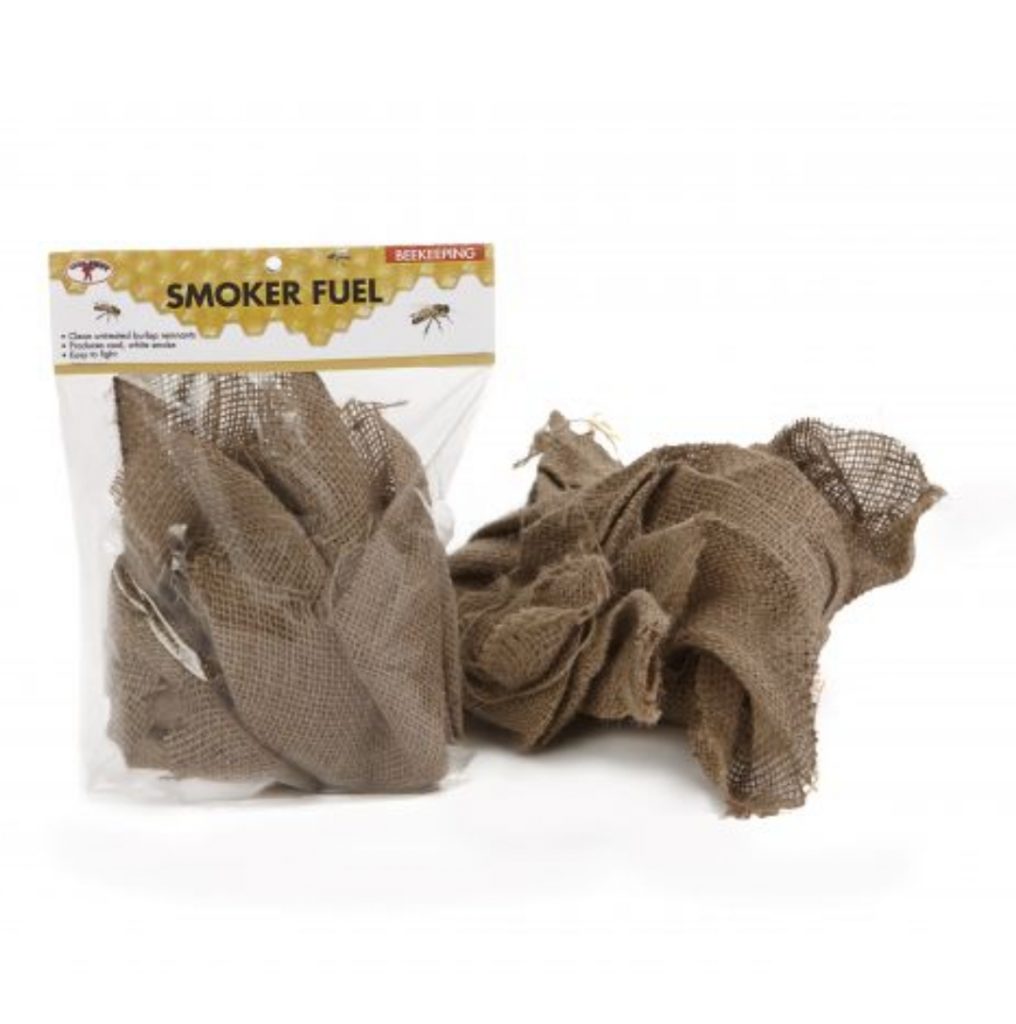
Processing Parts
Extractor
x
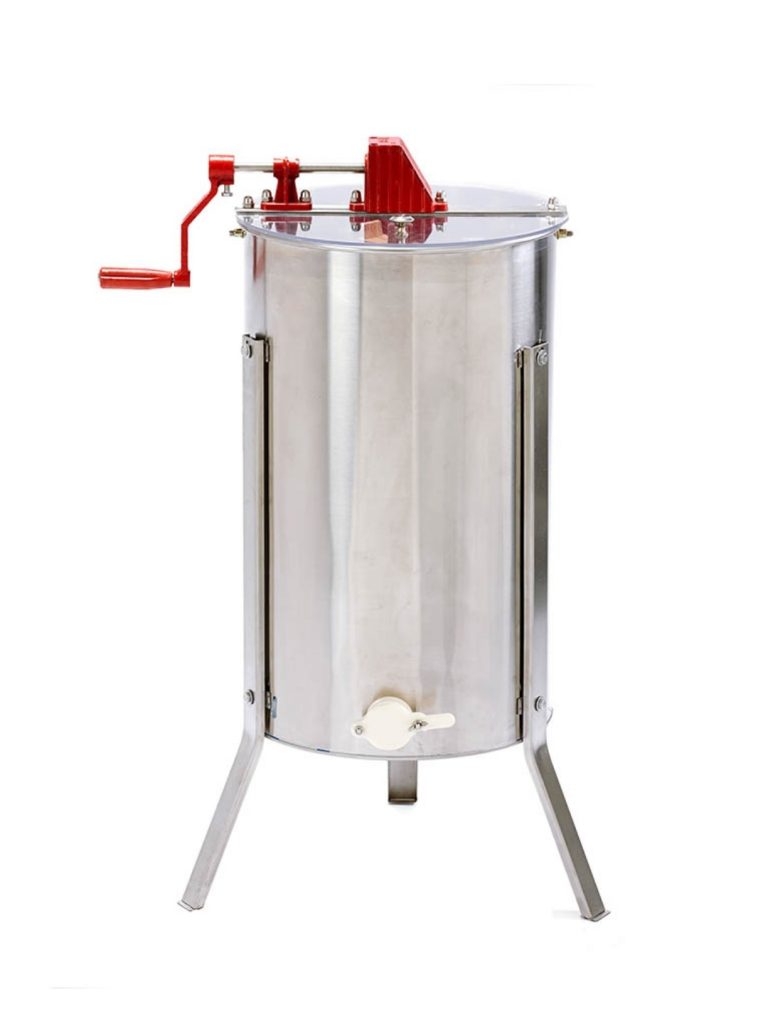
Honey Gate
x
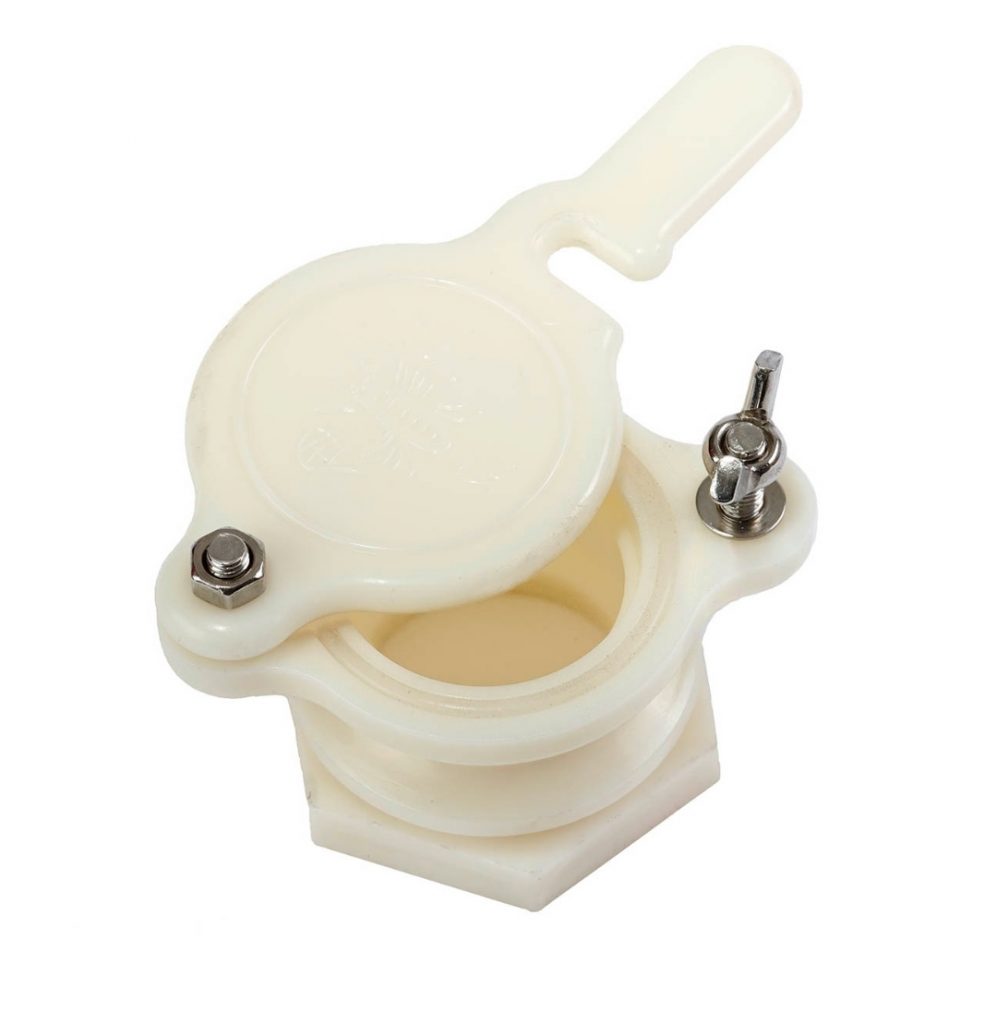
Strainer
– Fabric Strainer – x
– SS Strainer – c
Uncapping Tank
x
Uncapping Fork
x
Uncapping Knife (Electric) –
x
Cold Knife
x
